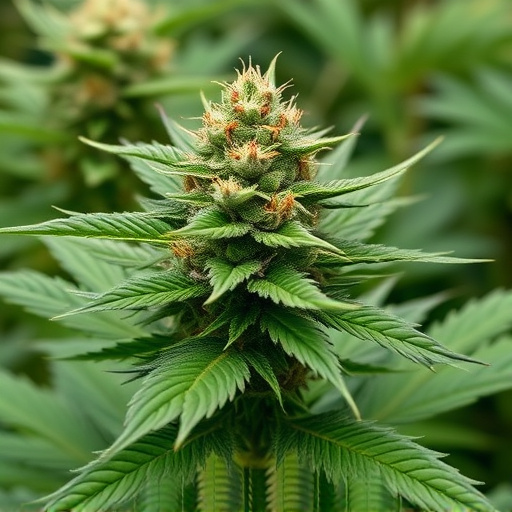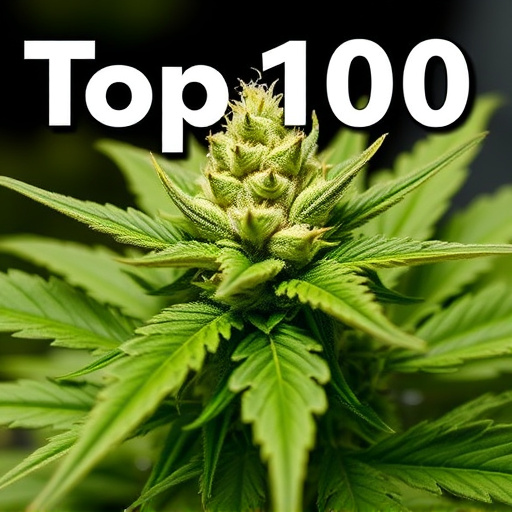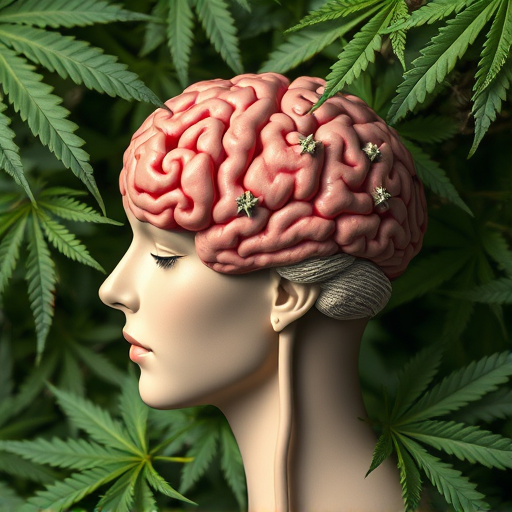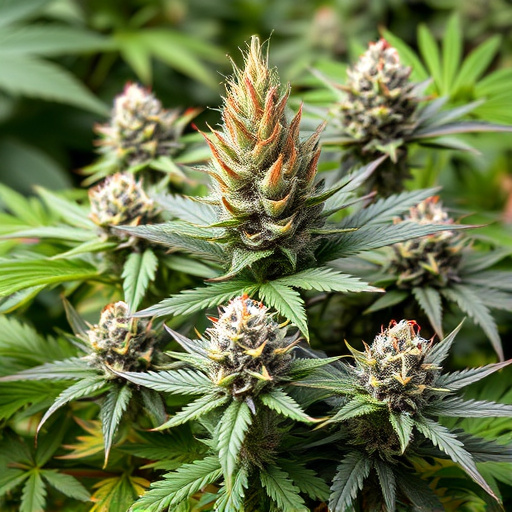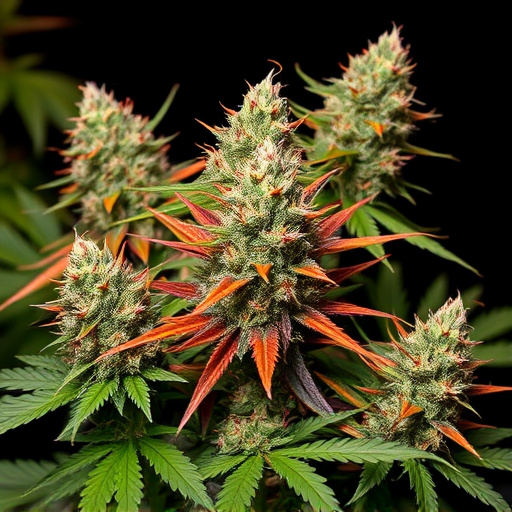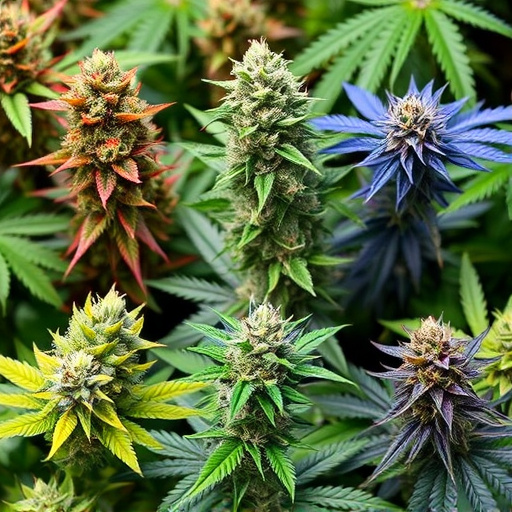Cannabis overdoses are less common but possible, driven by high-potency different cannabis strains and their impact on the endocannabinoid system. Symptoms include anxiety, paranoia, rapid heartbeat, and hallucinations. Risk factors involve consuming unfamiliar different cannabis strains, edibles, or using in social settings with dosage control issues. Understanding strain effects – Sativa for energy, Indica for relaxation, and Hybrids with varying traits – is crucial to prevent overdoses. In case of overdose, prioritize safety, hydration, and breathing, create a calm environment, and consider THC content. Symptoms typically subside within hours but seek medical advice if they persist or worsen, especially with underlying conditions.
“Curious about how to navigate a cannabis overdose? This comprehensive guide unveils the mysteries behind these incidents, focusing on understanding symptoms, recognizing strain-specific effects, and most importantly, recovery strategies. Cannabis, with its diverse strains, can lead to unexpected outcomes due to varying potency and unique chemical compositions. Learn how different strains impact dosage and what steps to take if you experience an overdose, ensuring a safe and informed journey through this green realm.”
- Understanding Cannabis Overdoses: Symptoms and Causes
- Different Cannabis Strains and Their Effects on Dosage
- Recovery Strategies: What to Do After a Cannabis Overdose
Understanding Cannabis Overdoses: Symptoms and Causes
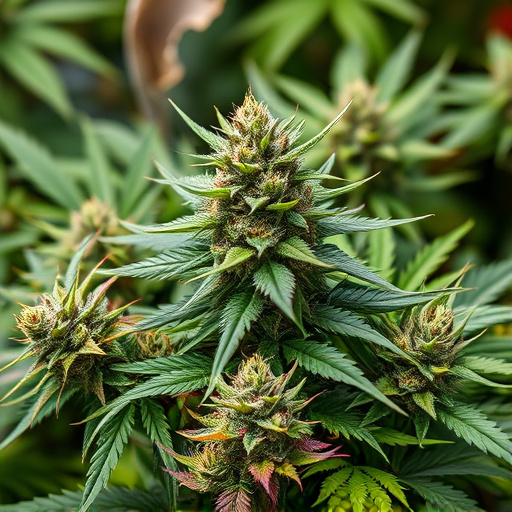
Cannabis overdoses, though less common than those involving opioids or other substances, can occur and are often associated with consuming high-potency cannabis products. Understanding what constitutes an overdose and its underlying causes is crucial for anyone using cannabis, especially as different cannabis strains vary greatly in their THC content, which can impact potential outcomes.
Symptoms of a cannabis overdose may include severe anxiety, paranoia, rapid heartbeat, confusion, and in extreme cases, hallucinations or delusions. These effects are typically the result of THC overwhelming the endocannabinoid system, leading to an imbalance in neurotransmitters that regulate mood, memory, and perception. Factors contributing to an overdose can involve consuming unfamiliar strains with higher THC concentrations, eating cannabis-infused foods (edibles), or using cannabis in social settings where dosage control is difficult, amplifying the risk of accidental overconsumption.
Different Cannabis Strains and Their Effects on Dosage

Cannabis is a diverse plant with numerous strains, each offering unique chemical profiles and effects. These differences significantly impact the dosage required to avoid an overdose. Sativa strains are known for their energizing and uplifting properties, often inducing cerebral highs. Due to these effects, users may be inclined to consume more, but it’s crucial to remember that a higher dose can lead to increased anxiety and paranoia. Indica strains, on the other hand, provide a relaxing and sedating experience, making them popular for evening use. Their calming effects might trick users into assuming they can tolerate higher amounts, but exceeding the recommended dosage can result in adverse reactions such as dizziness or nausea. Hybrid strains combine traits from both sativa and indica, offering a balanced high. The effects vary depending on the specific hybrid, and dosages should be adjusted accordingly to avoid overwhelming the body.
Understanding the potency and effects of different cannabis strains is essential for responsible consumption. Each strain has its unique characteristics, and users should start with lower doses to gauge their tolerance. Taking time to appreciate the subtleties of each strain can help prevent accidental overdoses. Remember, moderation is key when exploring the world of cannabis, and being mindful of strain-specific nuances will enhance the overall experience.
Recovery Strategies: What to Do After a Cannabis Overdose

After experiencing a cannabis overdose, it’s crucial to act swiftly but calmly to mitigate discomfort and promote recovery. The first step is to ensure the individual is in a safe space and is breathing normally. If panic or severe distress sets in, presence of mind is key; remind the person to focus on slow, deep breaths. Hydration is essential, so offer water or other non-alcoholic beverages. Different cannabis strains have varying levels of THC, so it’s important to consider the potency of the consumed product when deciding on recovery strategies.
For mild cases, moving to a quiet, dimly lit room can help reduce sensory overload. Gentle stretching or light yoga may aid in alleviating any physical discomfort. Listening to soothing music or engaging in calming activities like reading or drawing can also be beneficial. Time is a critical factor; symptoms typically peak around 2-3 hours after consumption and gradually subside over the next few hours. Professional medical advice should be sought if symptoms persist, worsen, or if there’s any concern for underlying conditions.
A cannabis overdose can be an uncomfortable experience, but with the right knowledge and strategies, recovery is achievable. Understanding that symptoms vary based on individual tolerances and the specific strain consumed—where certain varieties pack more potent punch in terms of THC content—is key to prevention. If an overdose occurs, staying calm, seeking fresh air, and slowly increasing hydration can aid in alleviating discomfort. Reaching out to medical professionals for guidance is crucial, especially if symptoms persist. By learning about different cannabis strains and their effects on dosage, individuals can make informed choices to avoid adverse reactions.

